Prefab energy efficient homes 2023 sustainable
As the world continues to grapple with climate change, more and more people are looking for ways to reduce their carbon footprint. Prefab energy-efficient homes offer a cost-effective solution that can help you live sustainably without sacrificing comfort or style. In this blog article, we will explore the benefits of prefabricated homes and how they can help you reduce your environmental impact while saving money in the long run. We’ll also look at some of the latest green building technology available today and how it can be used to create an energy-efficient home that is both comfortable and stylish. Finally, we’ll discuss some tips for making sure your prefab home is as eco-friendly as possible.
As the world continues to grapple with climate change, more and more people are looking for ways to reduce their carbon footprint. One of the most effective solutions is investing in an energy-efficient home. Prefabricated homes offer a great way to achieve this goal without sacrificing comfort or style.
Prefabricated homes Matrix Structures are built offsite using factory-made components that can be easily assembled onsite, allowing them to be constructed quickly and efficiently. This means they require fewer resources than traditional construction methods, resulting in lower costs and shorter build times. Additionally, prefab homes come with many features designed specifically for energy efficiency such as high insulation values, airtight construction techniques and advanced window technologies that help keep your home comfortable while reducing your utility bills significantly over time.
In addition to being cost-effective and energy-efficient, prefabricated homes also offer a variety of design options so you can create a space that truly reflects your personal style while still meeting all of your needs for sustainability. From modern designs featuring large windows that let in natural light during the day or solar panels on the roof for renewable electricity generation; there’s something available for everyone regardless of budget or taste preferences!
Finally, since these types of structures are typically smaller than traditional builds they have less impact on their surroundings which helps protect local ecosystems from the destruction caused by development projects like roads or pipelines etc. Plus they often require fewer materials overall making them even better choices when it comes to environmental protection!
Overall prefabricated houses provide an excellent solution when it comes time to make sure our living spaces don’t contribute too much towards global warming – not only do these dwellings use fewer resources but also look great while doing so! So if you’re looking into building a new home consider going green with one today – you won’t regret it!
Unlocking the Benefits of Prefab Energy Efficient Homes
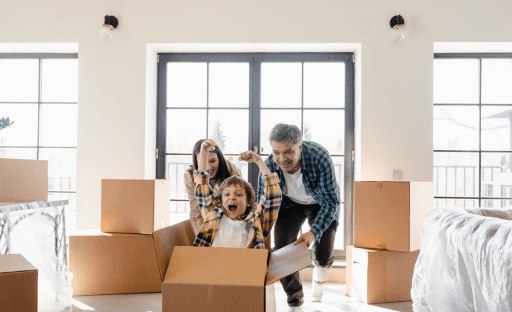
Prefab energy-efficient homes are becoming increasingly popular as an eco-friendly and cost-effective housing option. With the right design, prefab homes can offer superior insulation, airtightness, and energy efficiency compared to traditional construction methods. Unlocking the benefits of these homes requires careful consideration of materials selection and building techniques that maximize their potential for savings on heating and cooling costs.
When selecting materials for a prefab home, it is important to look for products with high R-values (the measure of how well a material resists heat flow) such as insulated concrete forms or structural insulated panels which provide superior insulation performance over conventional framing systems. Additionally, using advanced window glazing technologies like low emissivity coatings can help reduce unwanted solar gain in summer months while still allowing natural light into your home year-round.
Properly sealing all joints between walls and floors is also essential when constructing a prefab energy-efficient home since even small gaps or cracks can lead to significant heat loss in winter months if not addressed properly during construction. To ensure maximum airtightness throughout the building envelope use caulking compounds specifically designed for this purpose around windowsills, door frames etc., paying special attention to areas where different materials meet one another such as at corners or around pipes/ducts entering through exterior walls/ceilings etc.
Finally installing renewable energy sources like photovoltaic panels on your roof will allow you to generate electricity from sunlight while reducing your reliance on grid power significantly – making you less vulnerable to future price increases from utility companies! All these measures combined will enable you to unlock the full potential of having an eco-friendly yet affordable prefab house that offers both comfort & convenience without compromising its environmental impact!
Exploring Cost-Effective Solutions for Sustainable Living
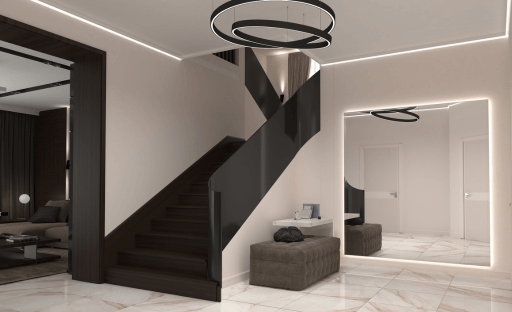
As the world continues to grapple with climate change, sustainable living has become an increasingly important topic. Prefab energy-efficient homes are one of the most cost-effective solutions for achieving sustainability in our daily lives. These homes are designed to use less energy and reduce environmental impact while still providing comfortable living spaces.
Prefabricated homes offer a range of benefits that make them ideal for those looking to live sustainably on a budget. They can be constructed quickly, reducing labour costs and time spent on construction projects. Additionally, prefabricated buildings often come with high-efficiency insulation materials which help keep heating and cooling costs low over time. This makes them much more affordable than traditional building methods when it comes to long-term savings on bills related to utilities like electricity or gas consumption.
In addition, these types of structures require fewer resources during their production process compared to conventional construction techniques due to their modular design approach and factory assembly line production process that allows for mass customization at lower prices than traditional methods would allow for single units being built from scratch each time they’re ordered by customers who want something unique but still cost-effective in terms of overall expenses associated with its creation as well as maintenance over its lifetime usage period.
Finally, prefabricated buildings also have the potential to be reused or recycled once they reach the end of their useful life cycle without having any negative effects on the environment whatsoever since all components used in this type of structure are made out of non-toxic materials such as steel frames instead wood which is known cause deforestation if not managed properly leading further destruction natural habitats around us.
Overall, prefab energy-efficient homes provide an excellent solution for those looking towards sustainable living without breaking the bank!
Reducing Your Carbon Footprint with Prefabricated Homes
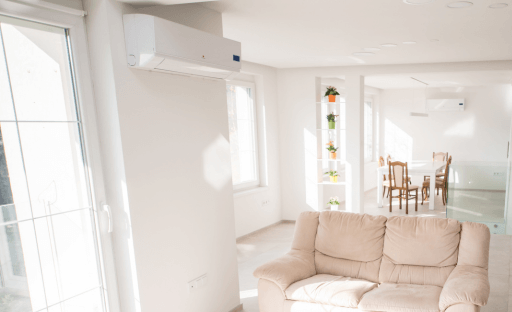
Prefabricated homes are becoming increasingly popular due to their energy efficiency and cost-effectiveness. By investing in a prefab home, you can reduce your carbon footprint while also saving money on energy bills. Prefab homes are designed with the latest green building technologies, such as insulation and air sealing systems that help keep your home cool in the summer and warm in the winter. Additionally, they often come equipped with solar panels or other renewable energy sources to further reduce your environmental impact.
In addition to being more efficient than traditional construction methods, prefabricated homes offer many other benefits that make them an attractive option for those looking to build a sustainable lifestyle. For example, since these structures are built offsite using factory-controlled processes, there is less waste generated during construction compared to traditional builds – meaning fewer resources used overall! Furthermore, because of their modular design, they can be easily transported from one location to another if needed; making them ideal for those who need flexibility when it comes time for relocation or expansion of their living space.
Finally – not only do prefabricated homes provide an environmentally friendly solution but they also come at a fraction of the cost compared with conventional builds! This makes them perfect for anyone looking for an affordable way to create a low-carbon lifestyle without sacrificing quality or comfortability within their new home environment. With all these advantages combined – it’s no wonder why so many people are turning towards this type of housing option as part of reducing their carbon footprint today!
Harnessing the Power of Green Building Technology
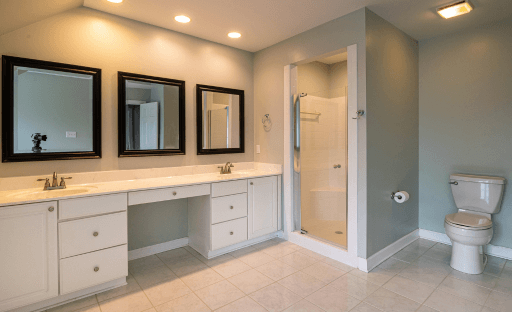
Prefab energy-efficient homes are becoming increasingly popular as more and more people recognize the importance of harnessing green building technology. By utilizing this type of construction, homeowners can reduce their carbon footprint while also saving money on energy costs. Prefab homes use high-performance materials that are designed to maximize efficiency and minimize environmental impact. These materials include insulation, windows, doors, roofs and walls that all work together to create a home with superior thermal performance. Additionally, prefab homes often feature renewable energy sources such as solar panels or geothermal systems which further reduce their environmental impact.
The benefits of green building technology go beyond just reducing one’s carbon footprint; it can also provide a healthier living environment for occupants by improving air quality through better ventilation systems and using low-toxicity paints or finishes in the interior spaces. Furthermore, these types of buildings tend to be quieter due to improved soundproofing techniques used in construction which helps promote peace within the home environment.
Prefabricated houses offer an excellent opportunity for those looking to build an environmentally friendly home without sacrificing comfort or style; they come equipped with modern amenities such as smart thermostats and LED lighting fixtures that help save even more money on utility bills over time while still providing luxurious living conditions inside the house itself! With so many advantages associated with this type of housing solution, it is no wonder why so many people are turning towards prefabricated solutions when constructing their dream homes today.
2023 Housing Outlook: An Overview
As we look towards 2023, the housing market continues to face challenges as demand for housing continues to outstrip supply. However, builders are rising to the occasion, with many developing innovative solutions to meet the demand. One such solution is the use of energy efficient modular homes, which can be built quickly and affordably to meet the needs of homebuyers. Prefab modular homes are also gaining popularity due to their speed of construction and customizable design options. Additionally, homebuyers are increasingly seeking out sustainable homes with features such as Energy Star certification and the use of environmentally friendly materials like timber.
Build passivhaus House: The Future of Housing
The construction of sustainable homes will continue to be a trend in 2023, with passive houses leading the way. Passive houses are highly energy-efficient homes that use advanced insulation and ventilation systems to minimize energy usage. This trend towards sustainable housing is also leading to the development of new building materials and techniques, such as flat pack homes that can be assembled on site quickly and efficiently. In addition, many builders are embracing the use of timber, a sustainable material that is both aesthetically pleasing and environmentally friendly.
Mortgages in 2023: What to Expect
As the housing market continues to evolve, it’s important to keep a close eye on mortgage trends. In 2023, homebuyers can expect to find a range of mortgage options available to them, including fixed and adjustable rate loans. Additionally, lenders may be more willing to work with homebuyers who are seeking to build homes, rather than simply purchase existing properties. Homebuyers will also need to navigate the ever-changing landscape of mortgage rates and lending requirements, making it important to work with a trusted lender who can help them find the right mortgage for their needs.
Build Homes: Meeting the Demand in 2023
As the demand for housing continues to grow, builders will need to find new ways to meet the needs of homebuyers. One solution is the use of flat pack homes, which can be assembled quickly and affordably on site. These homes are often customizable, allowing homebuyers to create the home of their dreams within their budget. Additionally, companies are developing new techniques to reduce the cost of building, such as the use of modular construction and pre-fabricated building components. With the right tools and techniques, builders can continue to meet the growing demand for housing in 2023 and beyond.
Passivhaus: The Future of Sustainable houses
The construction of passivhaus houses is a growing trend in sustainable building, as these homes use advanced insulation and ventilation systems to minimize energy usage. In addition, builders are increasingly using sustainable materials like timber to construct these homes. To help homebuyers learn more about passive house construction, many builders are offering video tours of their projects, allowing users to view the project from the comfort of their own home. However, builders must ensure that they obtain user consent for the use of any data collected during the viewing process, and implement a consent plugin to protect users’ privacy. By embracing the principles of passive house construction, builders can help create a more sustainable and environmentally friendly future.
If you’re considering a home project and are looking for an affordable and efficient way to build, you might want to consider a flat pack home. These homes are made up of pre-fabricated components that can be quickly and easily assembled on-site, saving both time and money. When considering a flat pack home, it’s important to work with a reputable company that can provide high-quality components and a reliable assembly process. Before committing to a flat pack home, it’s also a good idea to view project that the company has completed in the past, to get a sense of the quality and finish of their work & square metre price. With the right planning and execution, a flat pack home can be an excellent way to create a beautiful and functional living space at a fraction of the cost of a traditional home.
Are prefab homes more sustainable?
Prefab homes can be more sustainable than traditional homes because they are built in a controlled factory environment, which minimizes waste, reduces construction time, and allows for better use of resources. Their streamlined design and production process often incorporates energy-efficient features, sustainable materials, and renewable energy systems, which contribute to a smaller ecological footprint. While the degree of sustainability varies between different prefab homes, they generally offer a more eco-friendly housing option compared to conventionally built homes.
Why is a prefab home considered a green home?
Prefab homes are considered green homes due to their resource-efficient construction process, which takes place in controlled factory environments. This method results in minimal material waste, reduced construction times, and lower energy consumption. Additionally, many prefab homes are designed with energy-efficient features, sustainable materials, and incorporate renewable energy systems. These factors contribute to a reduced environmental impact, making prefab homes an eco-friendly housing option.

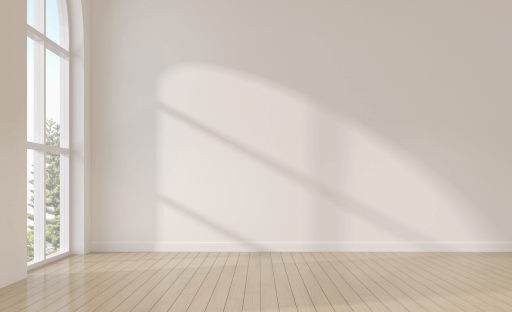





3 Responses
Greetings! Very useful advice within this article! Its the little changes that make the most significant changes. Thanks a lot for sharing!
Itís nearly impossible to find educated people in this particular subject, however, you seem like you know what youíre talking about! Thanks
Thanks for sharing about energy efficient house. I love how you write this topic. I really want to a lot of things in this area.